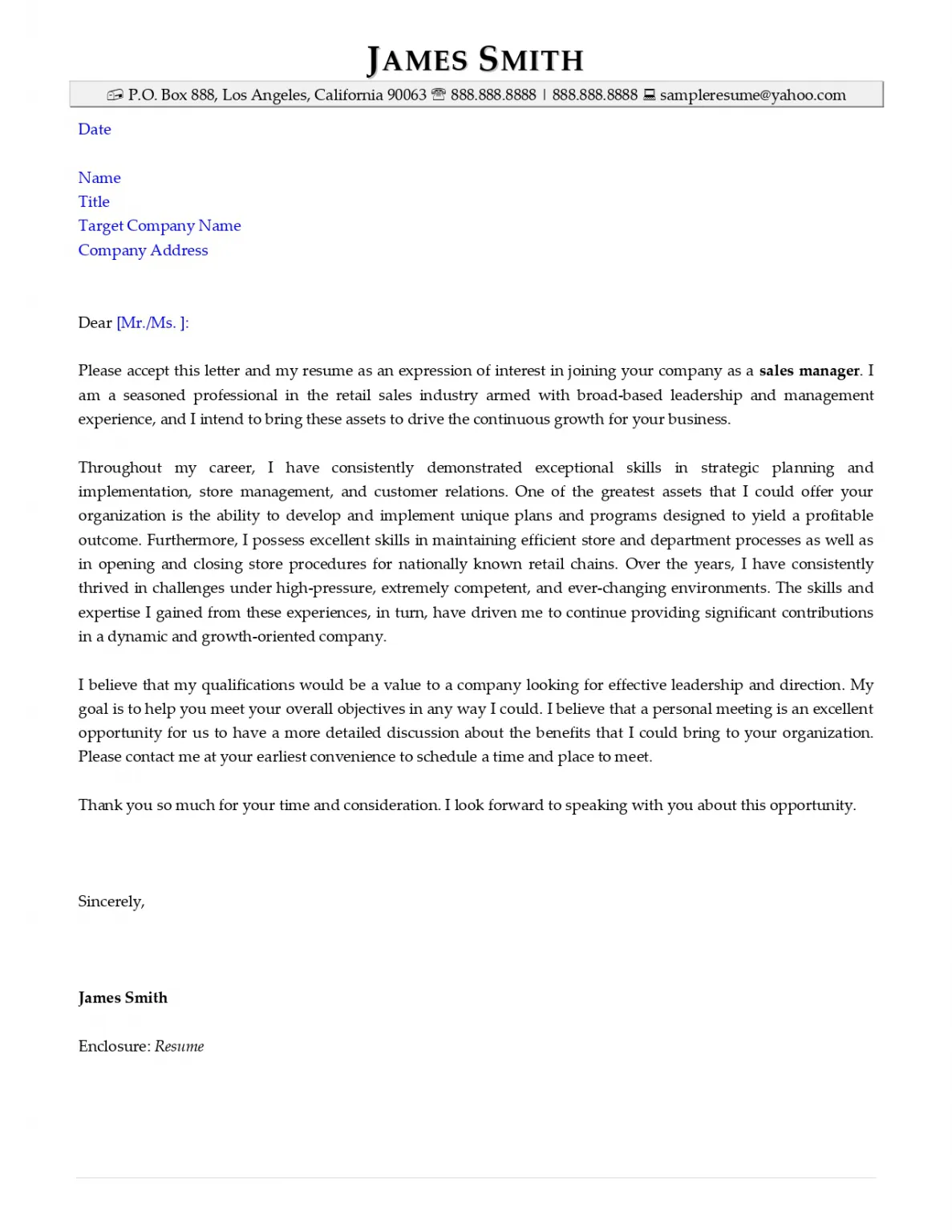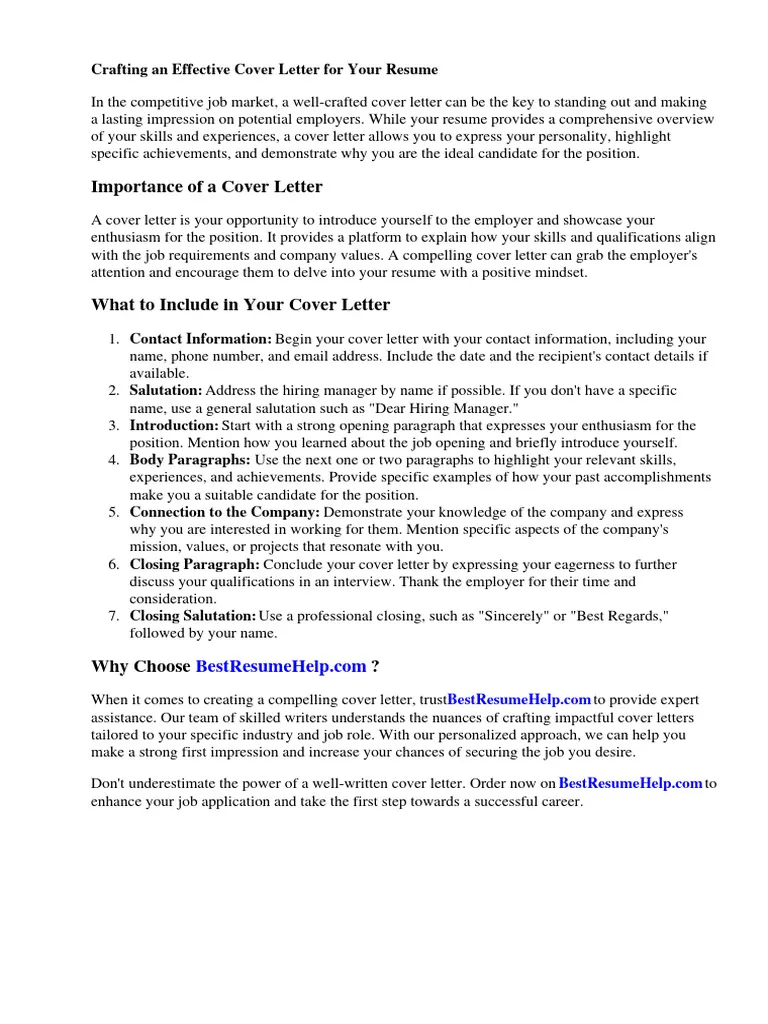In today’s competitive job market, a well-crafted cover letter is more than just a formality; it’s your first chance to make a lasting impression. It’s your opportunity to tell a story, to showcase your personality, and to explain why you’re the perfect fit for the role. A cover letter isn’t a mere repetition of your resume; instead, it’s a dynamic introduction that highlights your key skills, experiences, and enthusiasm for the position. By following the top 7 tips in this guide, you can dramatically increase your chances of landing an interview and ultimately, securing your dream job. Let’s dive into the essential elements that will help you write a cover letter that truly stands out from the crowd and gets you noticed by potential employers. The goal is to create a compelling narrative that makes the hiring manager excited to learn more about you, so let’s get started and transform your job search with a powerful cover letter.
Why Cover Letters Matter
The importance of a cover letter often gets underestimated, but it is an invaluable tool in your job-seeking arsenal. It offers a unique opportunity to go beyond the bullet points of your resume and connect with the hiring manager on a more personal level. The cover letter gives you the chance to demonstrate your writing skills, which are essential in most professional environments. A cover letter allows you to explain gaps in your employment history or career transitions in a clear and concise manner. It’s an opportunity to express your genuine interest in the company and the specific role, showing that you’ve done your research. A personalized cover letter will also help you to differentiate yourself from other applicants. It proves that you’ve taken the time and effort to tailor your application to a specific job, which shows dedication and attention to detail. This personalized approach is what sets you apart and increases your chances of being selected for an interview, where you can further showcase your value and qualifications.
Highlighting Your Skills and Experiences
Your cover letter is where you can transform your experiences into a compelling narrative. Begin by carefully reviewing the job description and identifying the key skills and qualifications that the employer is seeking. Then, select the experiences from your background that best align with these requirements. Instead of just listing your responsibilities, focus on the accomplishments and results you achieved. Use the STAR method (Situation, Task, Action, Result) to structure your examples. Describe the situation you were in, the task you were assigned, the actions you took, and the positive results you achieved. Quantify your achievements whenever possible by using numbers and data to show the impact of your work. For example, instead of saying “Improved customer satisfaction,” you could say “Increased customer satisfaction scores by 15% through implementing a new feedback system.”
Tailoring Your Cover Letter to the Job

Generic cover letters rarely make a strong impact. To truly stand out, you need to tailor each cover letter to the specific job and company. This involves more than just changing the job title; it means aligning your skills and experiences with the specific requirements and objectives of the role. Start by carefully analyzing the job description to identify the key skills, qualifications, and responsibilities. Then, in your cover letter, highlight the experiences and achievements that directly relate to these requirements. Show, don’t just tell, how your past experiences have prepared you for this role and what unique value you can bring to the company. Use the same keywords and phrases that the employer uses in the job description. This helps to demonstrate that you understand the role and the company’s needs. Tailoring your cover letter shows the hiring manager that you have taken the time to understand the role and that you are genuinely interested in the opportunity.
Researching the Company
Demonstrating your understanding of the company is a surefire way to impress a hiring manager. Before you start writing your cover letter, take the time to research the company thoroughly. Visit their website, read their “About Us” section, and explore their social media profiles. Look for information about their mission, values, culture, and recent projects or achievements. Identify what makes the company unique and what they value in their employees. In your cover letter, mention specific aspects of the company that resonate with you. This could include their commitment to innovation, their company culture, or a particular project that you admire. Showing that you’ve done your homework demonstrates your genuine interest in the company and your desire to contribute to its success. This personalization makes your cover letter more engaging and shows the hiring manager that you see yourself as a good fit for the organization.
Show, Don’t Tell: Providing Examples
A powerful cover letter doesn’t just state your skills; it provides concrete examples that illustrate those skills in action. Instead of saying “I am a strong leader,” describe a situation where you led a team to achieve a specific goal. Use the STAR method to structure your examples. Briefly describe the Situation, explain your Task, detail the Actions you took, and highlight the Result of your efforts. For instance, if you want to showcase your project management skills, you could describe a project you led, the challenges you faced, the strategies you implemented, and the successful outcome. Quantify your achievements whenever possible. Did you increase sales by a certain percentage? Did you improve efficiency by a specific metric? These concrete examples make your claims more credible and show the hiring manager that you have a proven track record of success. This detailed approach brings your skills to life and makes a stronger impression.
Formatting and Structure for Success

The format of your cover letter is as important as its content. A well-structured cover letter is easy to read and makes a positive first impression. Start with a professional heading that includes your contact information and the date. Address the hiring manager by name if possible; if not, use a general greeting like “Dear Hiring Manager.” The body of your letter should be concise and well-organized. Aim for three to four paragraphs, each focusing on a specific point. Use clear, concise language and avoid jargon or overly complex sentences. Proofread carefully for any grammatical errors or typos; these can undermine your credibility. Maintain a professional tone throughout the letter. Your cover letter should complement your resume and reflect the professional image you want to project. Use a readable font, such as Arial or Times New Roman, and maintain consistent formatting throughout your document.
Proofreading and Editing Your Cover Letter
Before submitting your cover letter, take the time to proofread and edit it carefully. Even minor errors can damage your chances of making a positive impression. Start by checking for grammatical errors, spelling mistakes, and typos. Read your letter aloud to catch any awkward phrasing or sentence structure. Use a grammar checker tool, but don’t rely on it completely; always review the suggestions carefully. Ask a friend, family member, or career advisor to review your cover letter and provide feedback. A fresh pair of eyes can often catch errors or suggest improvements that you might have missed. Ensure that your cover letter aligns with your resume. Verify that the information in both documents is consistent and that your cover letter supports the claims made in your resume. A polished and error-free cover letter demonstrates your attention to detail and your commitment to excellence.
Key Takeaways
Writing a compelling cover letter requires effort, but the investment is well worth it. Remember to highlight your skills and experiences, tailor your letter to each job, research the company, and provide concrete examples. Good formatting and thorough proofreading are essential for making a great impression. By implementing these top 7 tips, you can create a cover letter that not only gets noticed but also significantly increases your chances of landing an interview. Use your cover letter as a way to showcase your unique value, and demonstrate why you are the perfect candidate. With these strategies in place, you are well-equipped to write a cover letter that makes you stand out from the competition and helps you take the next step in your career journey. Embrace the opportunity to tell your story and impress potential employers with a well-crafted, persuasive cover letter.
